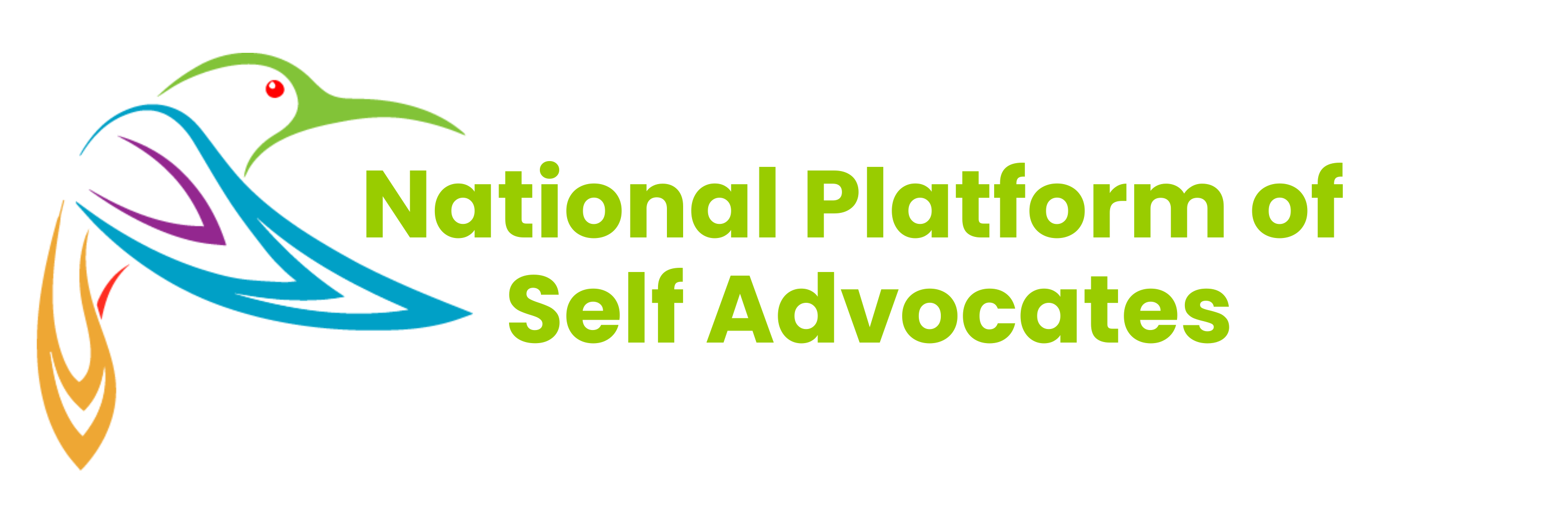Writing in plain English is very important to make sure that everybody is included and understands what is written. Information should be clear, concise, and easily understood by a wide audience.
Here’s a guide to help people write in plain English:
1. Know Your Audience:
Write using words that the people reading will understand. Use everyday words.
2. Use Clear and Simple Language:
Use clear, straightforward language that is easy to understand. Don’t use complicated words, jargon or technical language that people might nit understand.
3. Keep Sentences Short and Direct:
Keep sentences short and to the point. An average sentence length of 15-20 words is good. Break long sentences into shorter ones to improve readability and understanding.
4. Use Active Voice:
For example say ‘The advocate came to the meeting’ instead of ‘The meeting was attended by the advocate’. This makes the writing more direct and interesting.
5. Be straightforard and clear.
Use exact words and phrases. Don’t use language that can be misinterpreted. Give clear explanations and use examples to make things clearer.
6. Organise Information Logically:
Have a logical structure to your content. Use headings, subheadings, bullet points, and numbered lists to break up text. This makes it easier to read and navigate.
7. Explain Technical Terms:
Any technical terms should be explained clearly. This makes sure that your audience understands their meaning. For example not everybody knows what a DPO is. When using the term DPO it is a good idea to say Disabled Persons Organisation. Then everybody knows what you are talking about.
8. When you are writing imagine that you are talking to the person reading. This will help you to write more directly.
